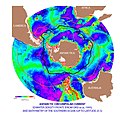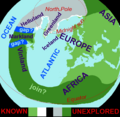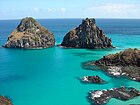Portal:Oceans
The Oceans Portal
A portal dedicated to oceans, seas, oceanography and related topics
– Hover over image and scroll to middle for controls to see more selected panorama images –
Introduction
| Earth's ocean |
|---|
|
Main five oceans division: Further subdivision: Marginal seas |
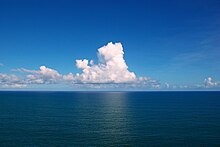
The ocean is the body of salt water that covers approximately 70.8% of Earth. In English, the term ocean also refers to any of the large bodies of water into which the world ocean is conventionally divided. The following names describe five different areas of the ocean: Pacific, Atlantic, Indian, Antarctic/Southern, and Arctic. The ocean contains 97% of Earth's water and is the primary component of Earth's hydrosphere and is thereby essential to life on Earth. The ocean influences climate and weather patterns, the carbon cycle, and the water cycle by acting as a huge heat reservoir. (Full article...)

A sea is a large body of salt water. There are particular seas and the sea. The sea commonly refers to the ocean, the interconnected body of seawaters that spans most of Earth. Particular seas are either marginal seas, second-order sections of the oceanic sea (e.g. the Mediterranean Sea), or certain large, nearly landlocked bodies of water. (Full article...)
Oceanography (from Ancient Greek ὠκεανός (ōkeanós) 'ocean' and γραφή (graphḗ) 'writing'), also known as oceanology, sea science, ocean science, and marine science, is the scientific study of the ocean, including its physics, chemistry, biology, and geology. (Full article...)
Selected article -
The Persian Gulf, sometimes called the Arabian Gulf, is a mediterranean sea in West Asia. The body of water is an extension of the Indian Ocean located between Iran and the Arabian Peninsula. It is connected to the Gulf of Oman in the east by the Strait of Hormuz. The Shatt al-Arab river delta forms the northwest shoreline.
The Persian Gulf has many fishing grounds, extensive reefs (mostly rocky, but also coral), and abundant pearl oysters, however its ecology has been damaged by industrialization and oil spills. (Full article...)
Interesting facts -
- The color of the sea snail Simnia spelta varies, but when it grazes on the white gorgonian it mimics the twigs.
- A sculpture of the god Neptune on one of the parapets of the University of Washington's Gerberding Hall represents the academic disciplines of oceanography and fisheries science.
- After sinking the British ocean liner SS Dwinsk in June 1918, the German submarine U-151 remained in the area and used the survivors in seven lifeboats as a lure in order to try and sink additional Allied ships.
Selected list articles and Marine habitat topics
| Marine habitats |
|---|
| Coastal habitats |
| Ocean surface |
| Open ocean |
| Sea floor |
- List of oceans
- List of ancient oceans
- List of seas
- List of circumnavigations
- List of cruise lines
- List of largest lakes and seas in the Solar System
- List of marine biologists
- List of marine ecoregions
- List of maritime explorers
- List of naval battles
- List of ocean liners
- List of oceanographic institutions and programs
- List of oldest surviving ships
- List of rogue waves
- List of seafood dishes
- List of submarine topographical features
Tasks
 |
Here are some tasks awaiting attention:
|
General images -
Related portals
In the news
- 31 January 2025 – 2025 Philippine espionage case, Territorial disputes in the South China Sea
- Philippine President Bongbong Marcos states that he is careful of possible surveillance of the country's air and naval bases as well as the movement of vessels supplying Philippine garrisons in the South China Sea following a series of arrests of suspected Chinese spies in the Philippines. (CNA)
- 22 January 2025 – Red Sea crisis
- The Houthis report that 25 crew members of the Japanese-operated roll-on/roll-off ship Galaxy Leader, including many foreign nationals, are released to Oman, with the Houthis citing support for the 2025 Israel–Hamas war ceasefire as the reason for release. (BBC)
- 22 January 2025 – Red Sea crisis, Yemeni civil war
- U.S. President Donald Trump re-designates the Yemeni Houthi movement as a foreign terrorist organization. (The Hill)
- 16 January 2025 – Red Sea crisis
- The leader of the Houthis Abdul-Malik al-Houthi announces that the group will monitor the implementation of the Israel–Hamas ceasefire agreement and continue its attacks on vessels and on Israel if the ceasefire is breached. (Middle East Monitor)
- 15 January 2025 – Red Sea crisis
- Yemen's Houthi movement claims that it launched a missile attack targeting the USS Harry S. Truman aircraft carrier and accompanying warships of the United States Navy in the Red Sea. (Anadolu Agency)
WikiProjects
Topics
Categories
Associated Wikimedia
The following Wikimedia Foundation sister projects provide more on this subject:
-
Commons
Free media repository -
Wikibooks
Free textbooks and manuals -
Wikidata
Free knowledge base -
Wikinews
Free-content news -
Wikiquote
Collection of quotations -
Wikisource
Free-content library -
Wikiversity
Free learning tools -
Wiktionary
Dictionary and thesaurus
Admiralty law
| Admiralty law |
|---|
| History |
| Features |
| Contract of carriage/Charterparty |
| Parties |
| Judiciaries |
| International conventions |
| International organizations |
Need assistance?

Do you have a question about oceans, seas or oceanography that you can't find the answer to? Consider asking it at the Wikipedia reference desk.
External media

- World Ocean Database and World Ocean Atlas Series – from the U.S. National Centers for Environmental Information, National Oceanic and Atmospheric Administration. Includes the World Ocean Atlas.
- European Atlas of the Seas – the European Atlas of the Seas, from the European Commission
- NOAA Research – NOAA research news, Oceanic and Atmospheric Research (OAR)
- Ocean Research – from The World Ocean Observatory
- Ocean Biodiversity Information System – "a global open-access data and information clearing-house on marine biodiversity for science, conservation and sustainable development"








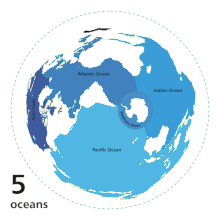
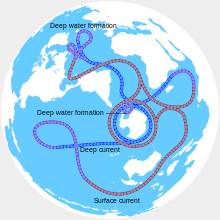

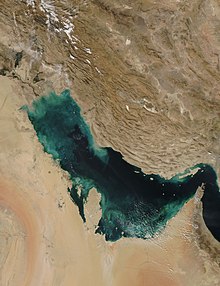










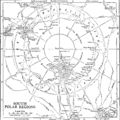
![Image 12"Terres Australes" [sic] label without any charted landmass (from Southern Ocean)](http://up.wiki.x.io/wikipedia/commons/thumb/8/8e/Geography_world_map.jpeg/120px-Geography_world_map.jpeg)

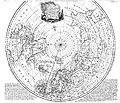
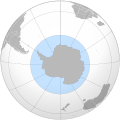






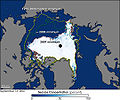



































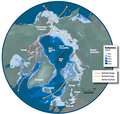






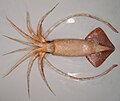





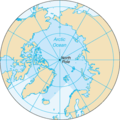
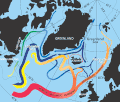








![Image 85An exclusive economic zone (EEZ) map of the Pacific which excludes non-tropical islands.[why?] (from Pacific Ocean)](http://up.wiki.x.io/wikipedia/commons/thumb/b/bc/Map_of_the_Exclusive_Economic_Zones_of_the_Pacific_Ocean.png/120px-Map_of_the_Exclusive_Economic_Zones_of_the_Pacific_Ocean.png)

